Nowadays, China has initially formed a relatively complete industrial chain including the production of LED epitaxial wafers, the preparation of LED chips, the packaging of LED chips and the application of LED products. Among them, as the LED penetration rate increases, the LED downstream application market is more and more broad.
According to the research data of the High-tech Research Institute LED Research Institute (GGII), the market size of China's LED downstream applications in 2016 was 369.7 billion yuan, a year-on-year increase of 15.71%, which was equivalent to that in 2015. Display, backlight, lighting and other application sectors accounted for 12%, 11%, 66% and 11% respectively. GGII expects that the output value of China's LED downstream applications will reach 455.1 billion yuan in 2017, an increase of 20.4%.

(Source: Gaogong Research Institute LED Research Institute)
Lighting, one of the largest LED applications, has been extremely active in recent years. From the perspective of LED lighting products, the types of LED lamps have long been dazzling, and the structure of the lamps has undergone a relatively intuitive change.
The evolution of the shape and structure of LED lamps
LEDs are widely used in various types of lamps because of their inherent advantages such as energy saving and environmental protection. LED lamps have undergone years of development, product forms are increasingly diversified, and power is increasingly diversified.
However, in the situation of falling product prices and rising costs, the profit margin of products has dropped sharply. In this situation, lighting manufacturers work hard on raw material selection and product solutions. With the simplification of the scheme, the structure of the luminaire has also changed significantly.
Taking LED bulbs as an example, in the past, a bulb was divided into a lampshade, an LED light source, a radiator, a power supply, a base, and a screw, and the structure was maintained for a long period of time.
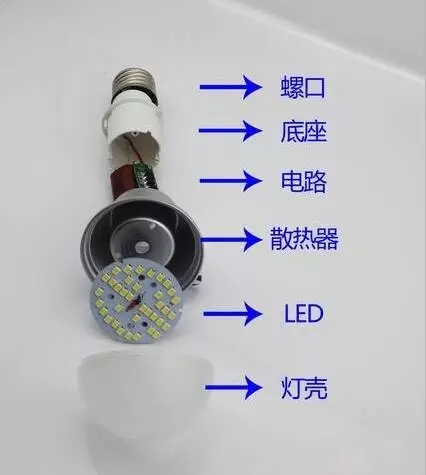
However, because the price of bulbs has fallen in recent years, manufacturers are unable to bear the cost. Therefore, various new programs have emerged. Among them, the emergence of the linear scheme has fundamentally changed the morphological structure of the bulb. The independent power supply part of the previous bulb disappeared, replaced by the integrated form of the linear IC circuit and the LED light source.
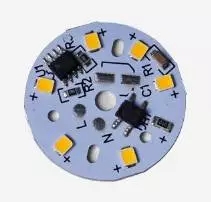
Nowadays, in the LED lighting industry, the product update is too fast. If a product does not update its appearance and materials in a year or two, it will be surpassed by the opponent. This directly leads to the lack of standardization of LED products, and the degree of automated production of LED downstream manufacturers is generally low.
Low-end manufacturing in the domestic lighting industry is in urgent need
At present, domestic manufacturing industry is still dominated by labor-intensive low-end manufacturing, with relatively low added value, and per capita manufacturing output is lower than that of developed countries. From the perspective of export product categories, high-end technology-intensive manufacturing in mainland China in 2014 Industry exports accounted for only 42%, lower than the 58%, 53%, 55% and 58% of the United States, Germany, Japan and the United Kingdom.
In the long run, the aging of the population will inevitably lead to an increase in labor costs, which will weaken the cost competitiveness of domestic manufacturing industries. In addition, India, Thailand, Vietnam and other countries have lower labor costs, and domestic manufacturing transformation and upgrading is imperative. .
Drivers of national manufacturing competitiveness
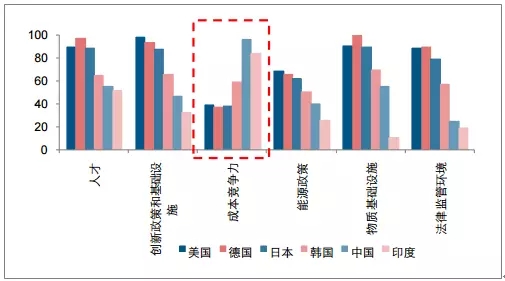
Source of data: public information
Throughout the entire LED lighting manufacturing industry, the biggest pressure at this stage has evolved into how to improve efficiency and reduce personnel management. To this end, since the second half of 2013, some assembly plants in mainland China have begun to import automated production lines, which can reduce assembly costs by 50%.
Lin Yan, vice chairman of Sanxiong Aurora, believes that the automation of production line transformation will be divided into two stages: one is mechanization and the other is intelligent. From the perspective of mechanization, it can improve efficiency and save labor costs. Intelligentization is to upgrade one level, and the manufacturing process can be reduced by intelligentization. However, this process cannot rely solely on equipment companies. Only lighting manufacturers actively participate and cooperate. To achieve an optimal solution.
By adopting automated production lines, lighting manufacturers have become the most direct beneficiaries. First of all, it can improve production efficiency and ensure quality; in addition, it can reduce labor costs. In the lighting industry, LED lighting companies such as Mulinsen, Sanxiong Aurora and Yuanhui Optoelectronics have invested in LED automated production lines to fundamentally improve production efficiency and produce high-quality LED products in a few seconds, bringing more to the enterprise. benefit.
Take Xing Shuozhi's automated LED bulb production line as an example. If a bulb is produced manually, its production cost is about 0.5-0.6 yuan, while the production of automated equipment is only 0.1-0.15 yuan. In this way, a light bulb can save a production cost of 0.4 yuan. According to the output of 1500 bulbs of automatic equipment, it can save at least 8,000 yuan a day. For LED lighting companies, the investment cost can be recovered in half a year.
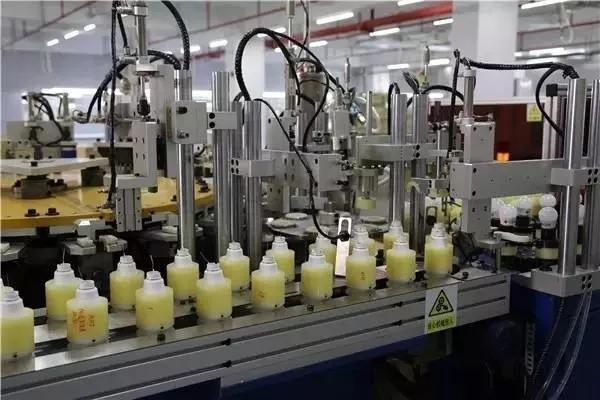
Automated production workshop
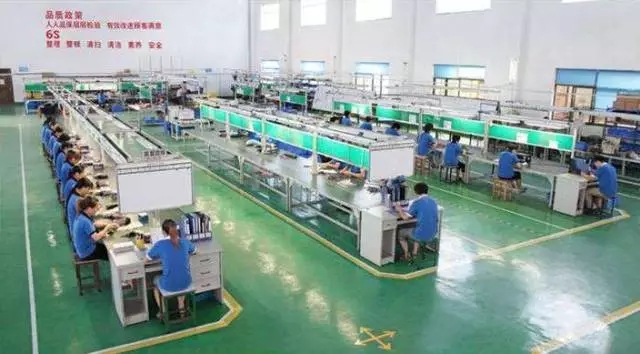
Traditional production workshop
Nowadays, with the proposal of “Made in China 2025â€, accelerating the development of intelligent manufacturing equipment and products, the development and industrialization of lighting electrical products has become the trend of the times, and it is also one of the effective ways to upgrade the LED manufacturing industry and enhance the competitiveness of China's lighting industry.

PD/QC Charger
Multiple safety protection: high -quality components and advanced circuit technologies, light -proof and surging protection design, thinking that home electricity uses safety protection. USB power wheels also have overvoltage, overload, overload and short -circuit protection. Convenient and practical: Unlike the traditional plug -in USB charger, it can be flexibly used for a long distance distance, avoiding the problem of excessive load plugs and getting away from the socket.
Pd/Qc Charger,Adaptive Fast Charging,Multi Port 1000W Charger,Type C Pd Qc Charger
shenzhen ns-idae technology co.,ltd , https://www.best-charger.com